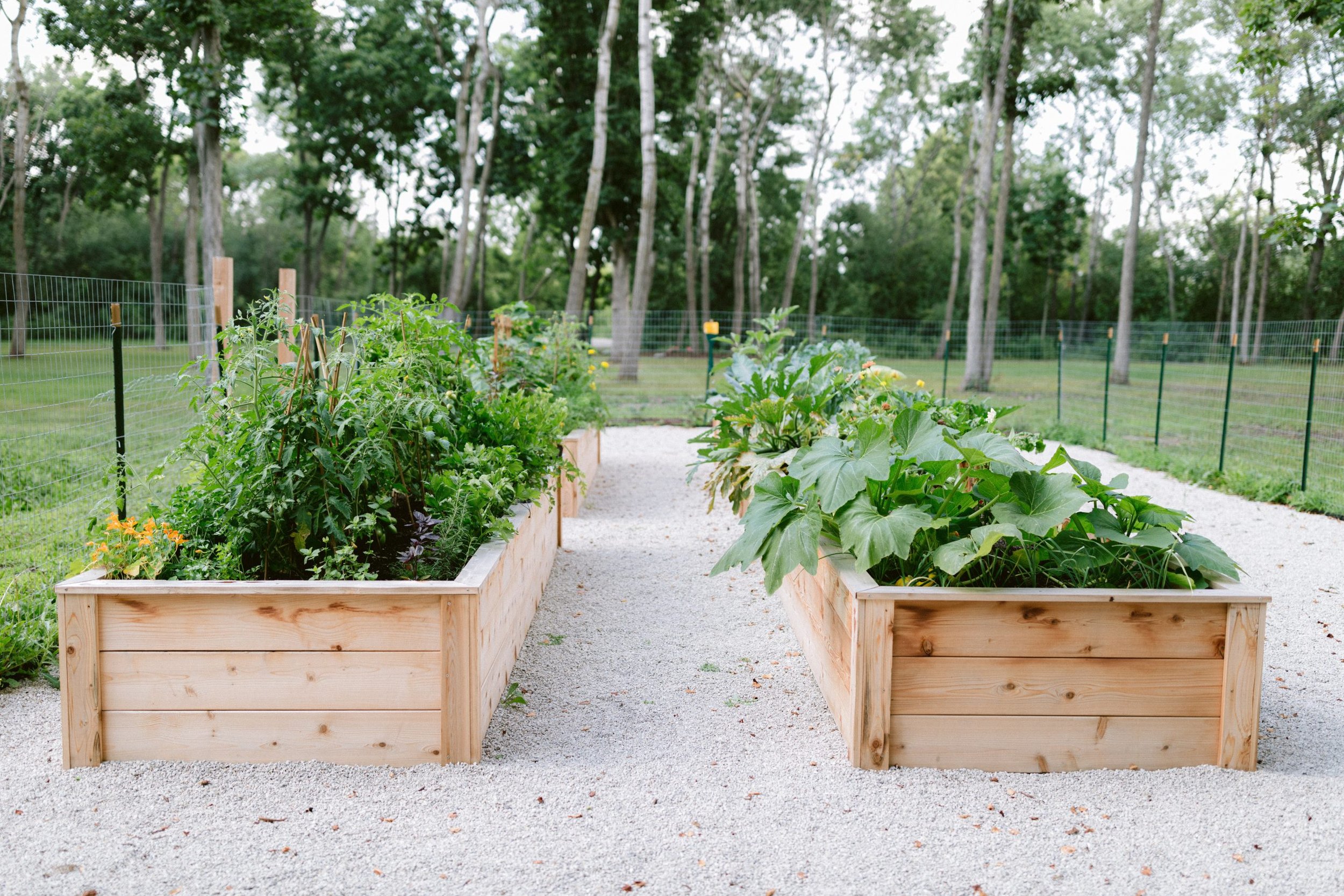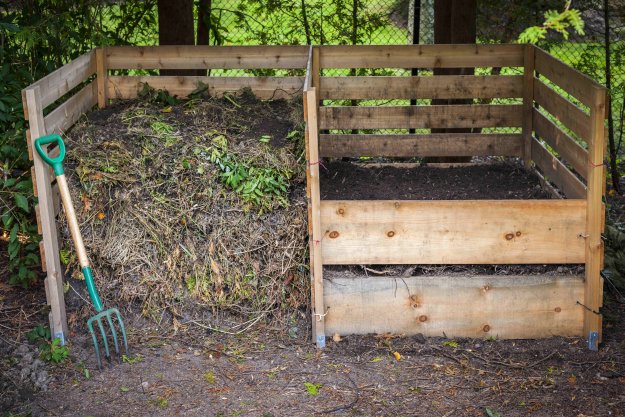Discover the Secrets to Creating a Lovely and Productive Horticulture Space
Creating a lovely and efficient horticulture space is not merely a matter of planting flowers and veggies; it requires a strategic technique that includes different critical elements. From choosing the right area based on sunlight and soil kind to attentively creating your design and choosing appropriate plants, each decision plays a critical duty in the success of your yard.
Picking the Right Area
Picking the optimal area for your yard is critical to its success and overall visual allure. The initial step in this procedure involves analyzing sunshine direct exposure, as a lot of plants call for at the very least 6 hours of direct sunshine daily (Homestead Gardening). A south-facing yard generally gets the most light, while shaded areas can hamper growth and flowering
Furthermore, consider soil high quality and drain. Well-draining dirt is essential to prevent water logged roots, which can cause plant diseases. Performing a dirt examination can give valuable details relating to pH levels and nutrient content, enabling you to modify the soil appropriately.
Additionally, closeness to water sources is an additional variable to consider - Homestead Gardening. Having very easy accessibility to a pipe or watering system can streamline the watering process and encourage constant plant treatment. Wind defense is also crucial; positioning your yard near frameworks, such as walls or fences, can secure it from rough winds that might damage fragile plants
Lastly, consider availability for maintenance and harvesting. A well-placed yard enables convenient accessibility, making sure that you can easily have a tendency to your plants without creating unnecessary tension or disruption. Thoughtful place selection lays the structure for a thriving garden.
Picking Plants Intelligently
When picking plants for your yard, it's vital to consider factors such as climate, dirt conditions, and individual preferences to guarantee a harmonious and effective room. A thorough understanding of your local environment will certainly guide you in selecting plants that prosper in your particular atmosphere. Selecting drought-resistant selections is valuable in dry areas, while moisture-loving varieties might be a lot more suitable for areas with high rains.
Dirt conditions are just as essential; carrying out a soil test can disclose pH degrees and nutrition material, allowing you to choose plants that will flourish. Native plants are typically an excellent choice, as they are typically well-adapted to local dirt kinds and call for much less upkeep.
In addition, consider your horticulture objectives. Are you going for an ornamental display, a veggie garden, or perhaps a mix of both? This will certainly affect your options considerably. Lastly, assess your individual choices-- picking plants that resonate with your visual preferences will certainly boost your satisfaction and dedication to maintaining your yard. By meticulously examining these aspects, you can develop a diverse and successful plant selection that boosts your horticulture experience.
Creating Your Garden Design
With an attentively chosen plant option in hand, the next step is to create a yard design that makes the most of both beauty and performance. Begin by analyzing the offered room, taking into consideration factors such as sunlight, shade, and wind patterns. A tactical design needs to incorporate different areas, including locations for growing, paths, and potentially seating.
Beginning with larger plants or centerpieces, such as trees or tall perennials, positioned strategically to develop aesthetic interest. Layer smaller plants in front to boost deepness and structure. Consider the growth habits of your picked plants; taller selections should be placed at the back or facility of beds, while much shorter ones can line the sides.
Integrating pathways not just helps with access for maintenance but also invites expedition. Use products that match the yard's general visual, whether gravel, stone, or timber chips.
Additionally, think of seasonal changes and exactly how your layout will certainly look throughout the year. Incorporating evergreens alongside seasonal blossoms can make certain year-round appeal. Ultimately, a well-designed yard format integrates the all-natural charm of plants with this link useful considerations, leading to an area that is both welcoming and productive.
Enhancing Soil Health

To enhance dirt wellness, begin by carrying out a dirt test to evaluate pH levels, nutrient content, and soil texture. Include organic matter such as garden compost, well-rotted manure, or leaf mold and mildew to enhance soil framework, water retention, and microbial task.
Mulching is one more efficient technique; it not only preserves wetness yet likewise subdues weeds and gradually enriches the dirt as it breaks down. Preventing too much husbandry is vital, as it can interrupt soil framework and harm valuable organisms. Rather, embrace no-till or marginal tillage practices to keep dirt honesty.

Keeping Your Garden Effectively
A More Bonuses well-kept garden gives satisfaction and productivity, needing regular interest to make sure that plants grow and the landscape continues to be welcoming. Reliable garden upkeep includes a number of key practices that boost the wellness of your plants and the general visual of your room.
Routine watering is essential; nevertheless, it is very important to customize your watering schedule based on the particular needs of your plants and local environment conditions. Mulching can assist maintain moisture, reduce weeds, and control soil temperature. Additionally, prompt weeding stops competitors for nutrients and resources, guaranteeing that your plants thrive.
Trimming is one more necessary task. It encourages healthy and balanced growth, gets rid of dead or infected branches, and forms plants to keep an enticing structure. Furthermore, checking for diseases and insects is crucial; early discovery and intervention can save your plants from significant damage.
Fertilizing must be executed thoughtfully, making use of organic alternatives whenever possible to advertise long-term soil health. Seasonal jobs such as growing, splitting perennials, and preparing for winter season will certainly ensure your garden stays lively year-round. By following these methods vigilantly, you can cultivate a garden that is both attractive and efficient.
Verdict
Finally, the production of a lovely and efficient gardening space calls for mindful factor to consider of a number of crucial elements. Choosing a suitable location with sufficient sunshine, picking ideal plants, designing an aesthetically pleasing format, enhancing soil health, and ensuring regular maintenance are essential components. By incorporating these methods, one can grow a thriving garden that not just boosts the landscape however also promotes environmental equilibrium and sustainability. Such a strategy inevitably causes a fulfilling my link gardening experience.
From choosing the right area based on sunlight and soil type to thoughtfully making your format and picking ideal plants, each decision plays a pivotal duty in the success of your garden. Well-draining soil is necessary to avoid water logged roots, which can lead to plant diseases.When selecting plants for your garden, it's important to consider elements such as climate, dirt problems, and individual preferences to make certain a efficient and unified room. Eventually, a well-designed yard format balances the natural beauty of plants with useful factors to consider, resulting in a room that is both welcoming and efficient.

Comments on “Challenges and Solutions for Homestead Gardening”